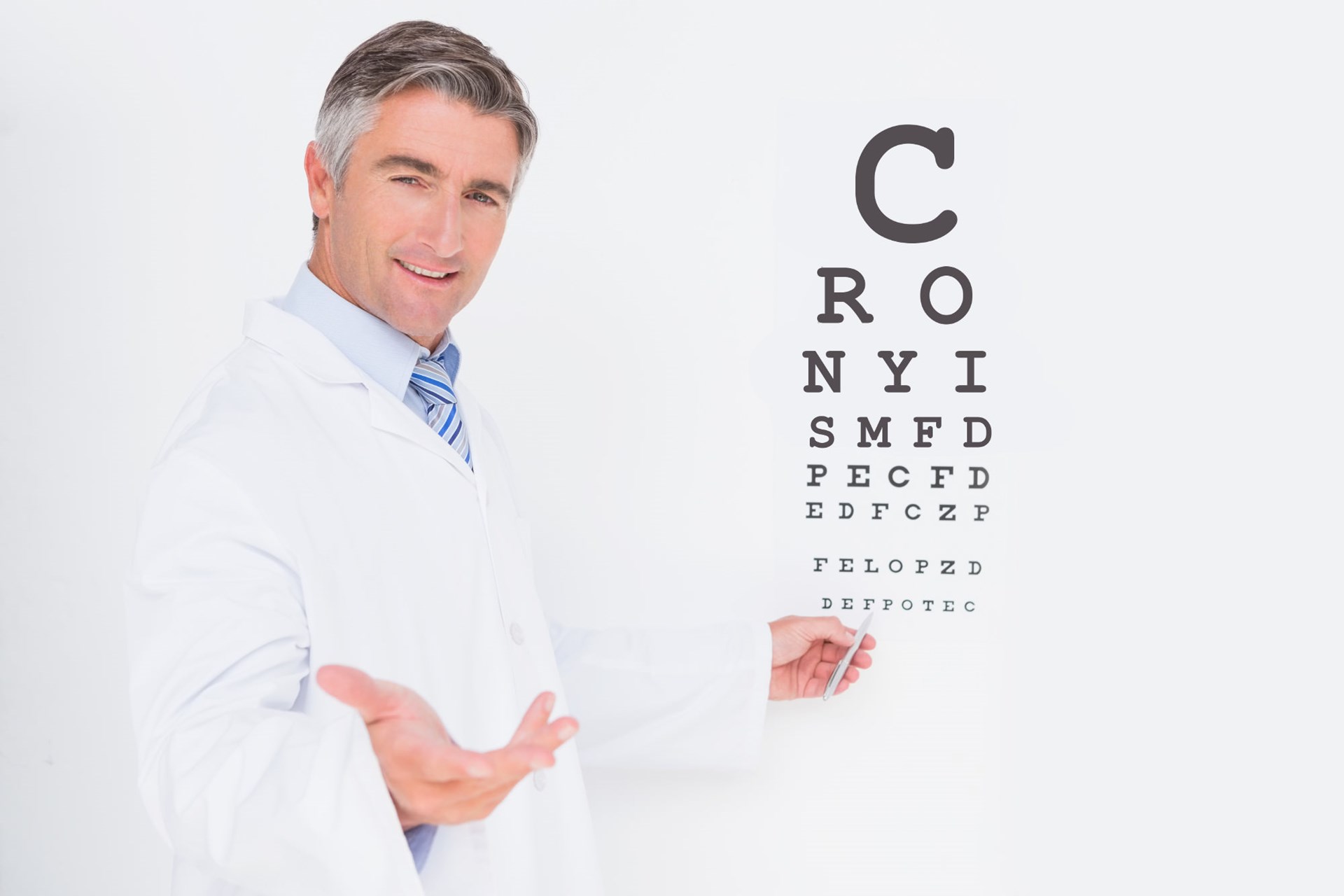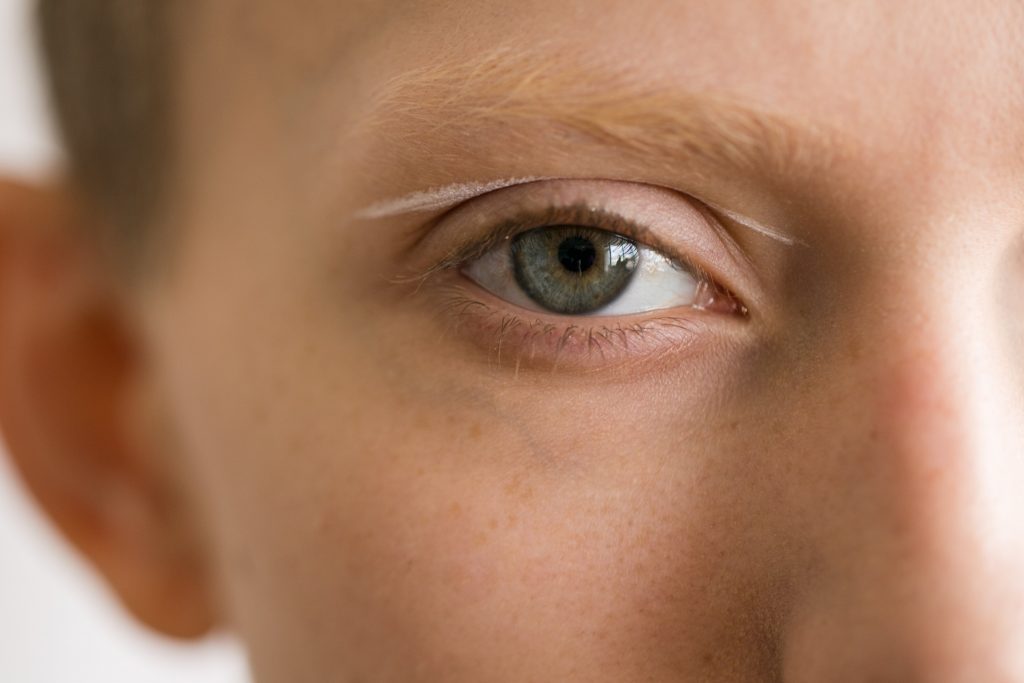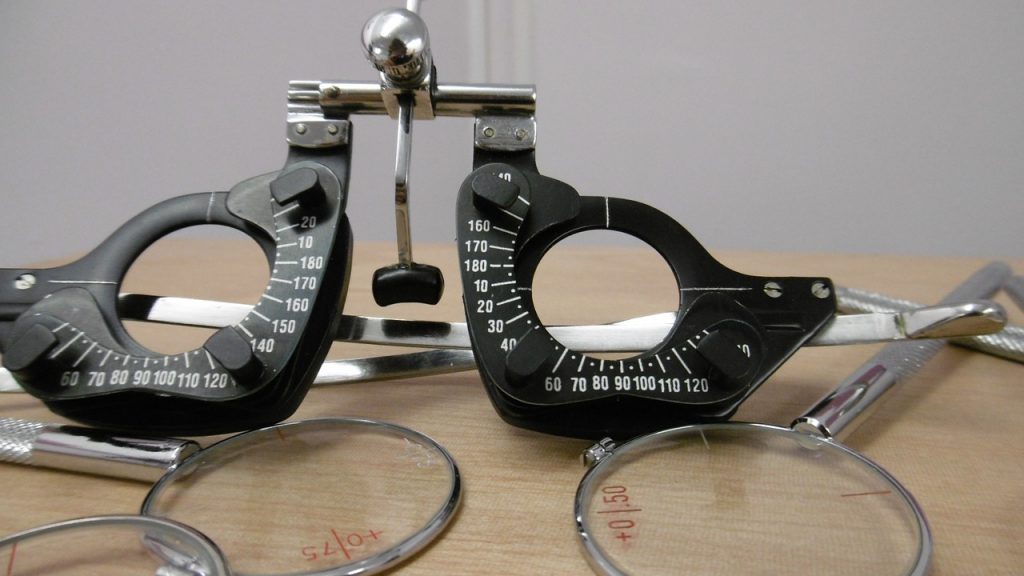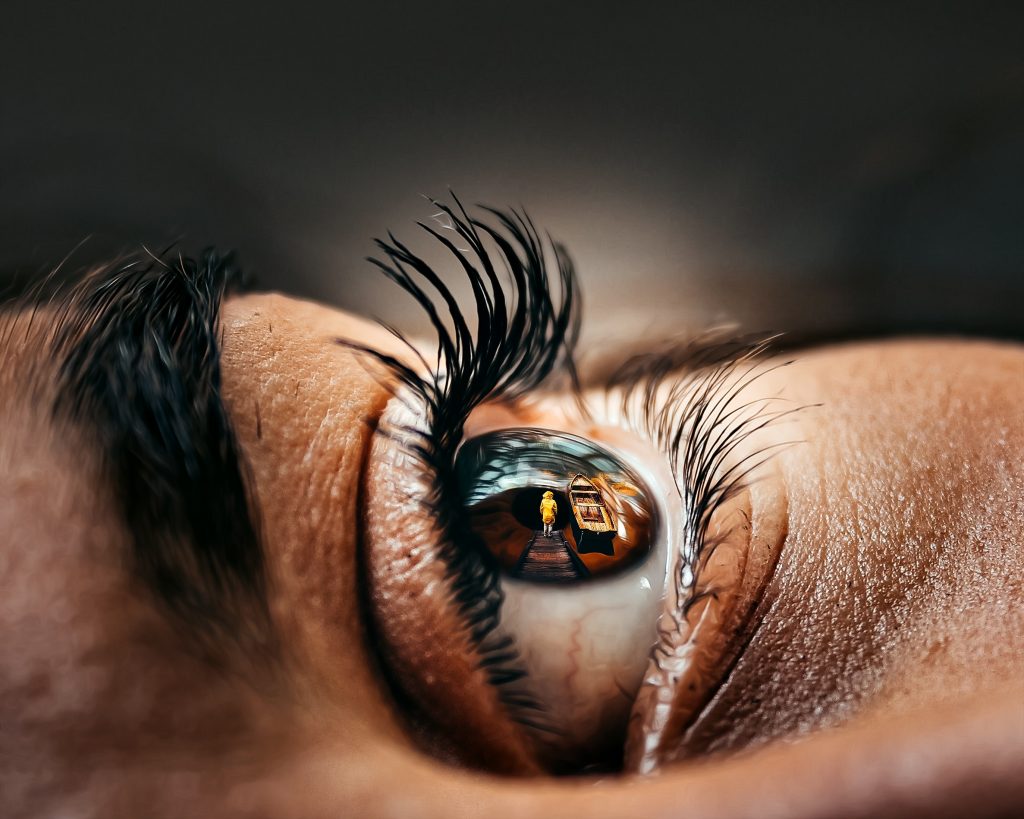Eye diseases and complications can diminish your vision and even result in total eye loss. Eye doctors often recommend that you treat eye problems as soon as possible to avoid further complications and even vision loss and blindness. While many people have a personal or family eye doctors in Pembroke Pines to call their own and handle their general health issues, not many people have a personal eye doctor to diagnose and treat eye diseases. There are several of them to choose from, which can be very overwhelming if you do not know what to look for. Finding an eye doctor is similar to finding a family physician or doctor. Below are tips for identifying the best eye doctor.
Understand the Specializations
Understanding the specializations is the first step toward selecting the best doctor. It is important to know that there are several sub-specializations even within this field. For instance, ophthalmologists and optometrists care for the eye, but there are subtle differences between them. Optometrists perform general eye care, including diagnosis and treatment, eye exam, vision test, and lenses, contacts, and frames. In contrast, ophthalmologists handle the more technical aspects of eye care, including surgery and treatment of more serious eye diseases. Optometrists will often refer you to ophthalmologists in the event that they diagnose you with a more serious eye condition.
Ask your physician or doctor for recommendations
Doctors or physicians tend to work with other specialists and refer clients or patients to each other. In fact, this is an excellent way to find a competent eye doctor. Physicians and doctors frequently refer patients to different specialists and know some of the best in town. They will tell you who to go to and who to avoid when having a medical complication that requires the attention of a specialist. In addition, you have worked with your physician and hold their opinions in high regard.
Ask for referrals from colleagues, neighbors, friends, and family
If any of your colleagues, neighbors, friends or family has experienced eye problems before, there are chances they visited a good optometrist. Getting a patient’s perspective or view from people you already know and trust and have been to an optometrist can be very assuring. Unlike getting referrals from a family doctor, you will also get additional information about whether the optometrist and other members of staff are friendly and treat patients with dignity and respect. You will also get to know how they handle concerns. Other pieces of information that can be important include the cleanliness and modernity of the facilities, as well as the quality of care provided.
Research the eye doctor’s qualifications
The doctor’s credentials can give you an idea of the quality of care they give. You should find out whether they are licensed by the relevant state licensing bodies to practice in the field. You can also check their online ratings and reviews to find out how good they are at what they do. The Better Business Bureau is a great place to start.
How is their insurance policy?
You should find out beforehand if they will accept the medical insurance you have. Some optometrists do not accept insurance covers from certain insurance providers.
While finding an optometrist can be difficult, doing your due diligence and asking for referrals from your doctor and friends can help find the best one. Just don’t be too overwhelmed by the number of eye specialists out there.




